B&B Boxwood
kimcoco
13 years ago
Related Stories
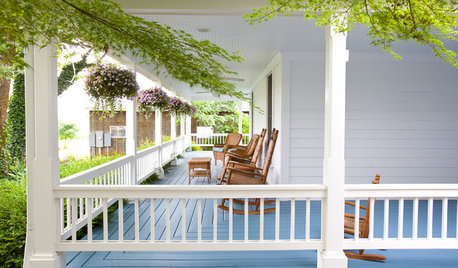
TRAVEL BY DESIGNShould You Open a Bed-and-Breakfast?
Before you commit to innkeeper dreams in your home or an existing B and B, here's what you need to know
Full Story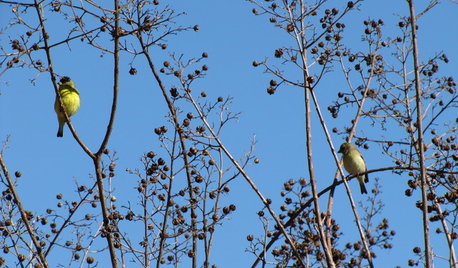
SHOP HOUZZShop Houzz: Create a Backyard Bird Sanctuary
Your bird B&B simply needs a house, bath and feeder
Full Story0
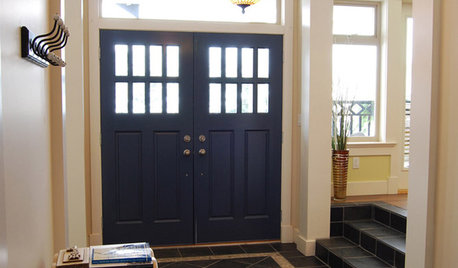
HOUZZ TOURSHouzz Tour: Bringing the Outdoors Inside on Bowen Island, B.C.
Custom-built farmhouse offers large, small reminders of surrounding nature
Full Story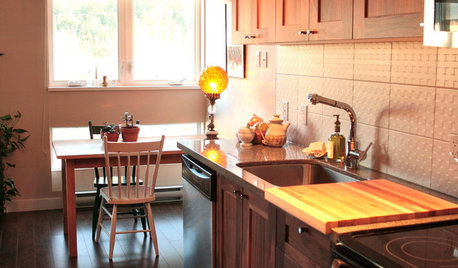
HOUZZ TOURSMy Houzz: Cool Studio in the Mountains of B.C.
A Canadian couple gets creative with thrifted finds in their 450-square-foot home
Full Story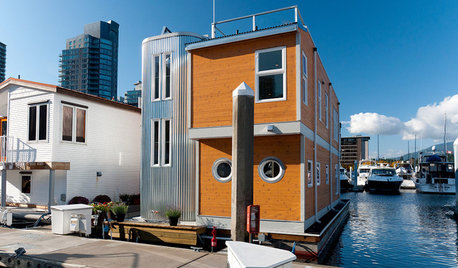
HOUZZ TOURSHouzz Tour: Modern Houseboat in Vancouver, B.C.
Get small-space design ideas from a modern dream home afloat on the harbor
Full Story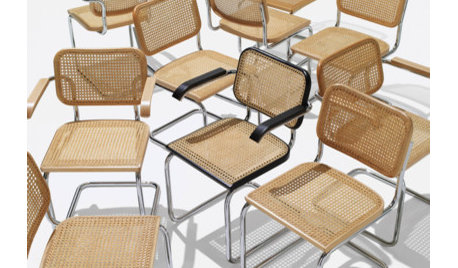
FURNITUREModern Icons: Marcel Breuer's B32 Chair
Now known as the Cesca Chair, this 1928 combination of steel tubes and caning has staying power
Full Story
TRAVEL BY DESIGNHomes Away From Home: 6 Appealing International Bed-and-Breakfasts
Live like a local in a foreign land. These design-friendly B and Bs offer comfort and style for a wide range of budgets
Full Story
PRODUCT PICKSGuest Picks: Mad Science
Get inspired by science fiction with 20 decorative items pulled straight from your favorite B movie
Full Story
UPHOLSTERYFabric Focus: Savor the Sensuousness of Silk
With its refined texture, resiliency and luxuriousness, silk has been popular since 3000 B.C. Here’s how to make it work in your home today
Full Story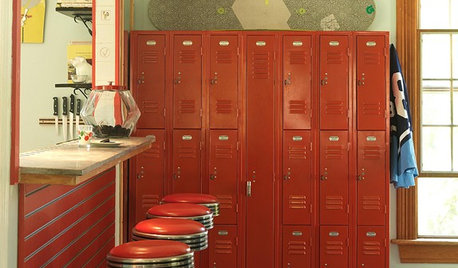
KITCHEN DESIGNSchoolhouse Style Rocks in the Kitchen
Which class-y idea suits your kitchen best? a) a vintage clock; b) storage lockers; c) chalkboard counters; d) all of the above
Full StoryMore Discussions






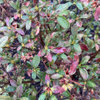
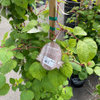
ken_adrian Adrian MI cold Z5
gardengal48 (PNW Z8/9)
Related Professionals
Manchester Landscape Contractors · Gallatin Landscape Contractors · Garland Landscape Contractors · Mission Viejo Landscape Contractors · Hueytown Landscape Contractors · Cicero Window Contractors · East Renton Highlands Window Contractors · Glen Burnie Window Contractors · Discovery Bay Window Contractors · Leesburg Driveway Installation & Maintenance · Bonney Lake Decks, Patios & Outdoor Enclosures · Layton Decks, Patios & Outdoor Enclosures · Marlboro Decks, Patios & Outdoor Enclosures · Methuen Decks, Patios & Outdoor Enclosures · Eustis Decks, Patios & Outdoor Enclosurestsugajunkie z5 SE WI ♱
simcan
kimcocoOriginal Author
simcan
whaas_5a
ken_adrian Adrian MI cold Z5
kimcocoOriginal Author
gardengal48 (PNW Z8/9)